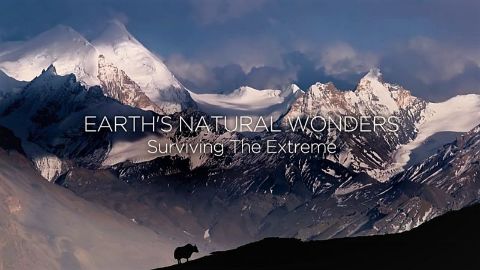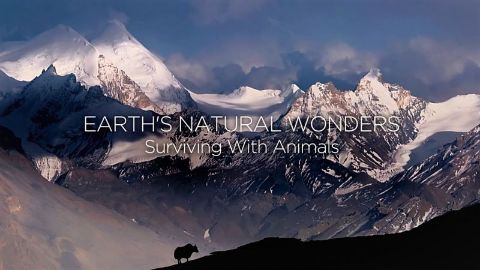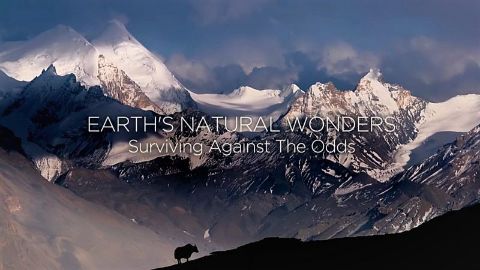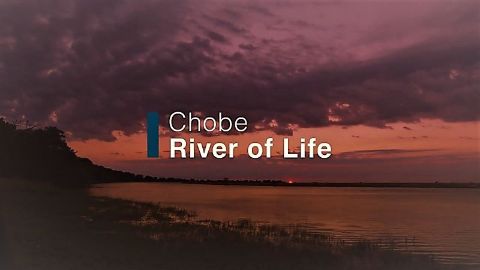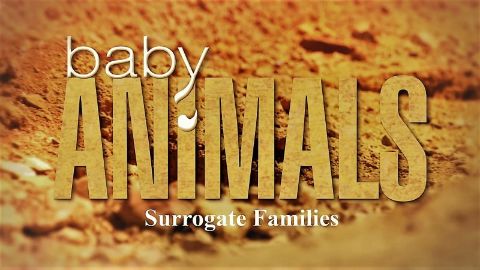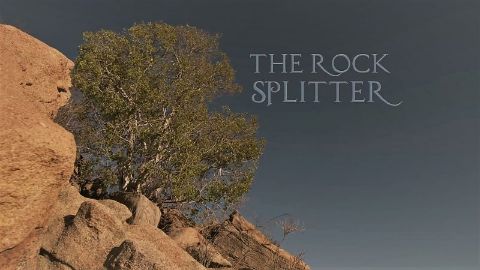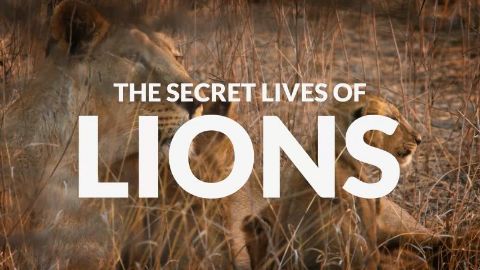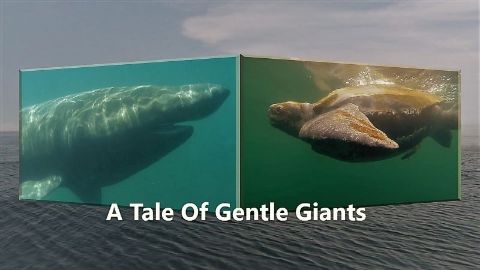Surviving Against the Odds • 2018 • episode "S1E3" • Earth's Natural Wonders: Series 2
In some of the world's most spectacular natural wonders, people push themselves to the limit in order to survive. For the people who call these extraordinary places home, survival requires skill, ingenuity and bravery. In Brazil, the Kamayura people of the Xingu Indigenous Park believe they must appease the spirits if they are to remain in good health. In Ethiopia, belief in a higher power leads villagers in the Tigray region to climb a huge, vertiginous mountainside to reach their church. Laos is one of the most fertile places on earth. Despite this, life is dangerous for the rice farmers in this beautiful country. During the Vietnam War, the United States dropped an estimated 270 million bombs on this small country and approximately 80 million of them failed to explode.
Make a donation
Buy a brother a hot coffee? Or a cold beer?
Hope you're finding these documentaries fascinating and eye-opening. It's just me, working hard behind the scenes to bring you this enriching content.
Running and maintaining a website like this takes time and resources. That's why I'm reaching out to you. If you appreciate what I do and would like to support my efforts, would you consider "buying me a coffee"?
Donation addresses
BTC: bc1q8ldskxh4x9qnddhcrgcun8rtvddeldm2a07r2v
ETH: 0x5CCAAA1afc5c5D814129d99277dDb5A979672116
With your donation through , you can show your appreciation and help me keep this project going. Every contribution, no matter how small, makes a significant impact. It goes directly towards covering server costs.
